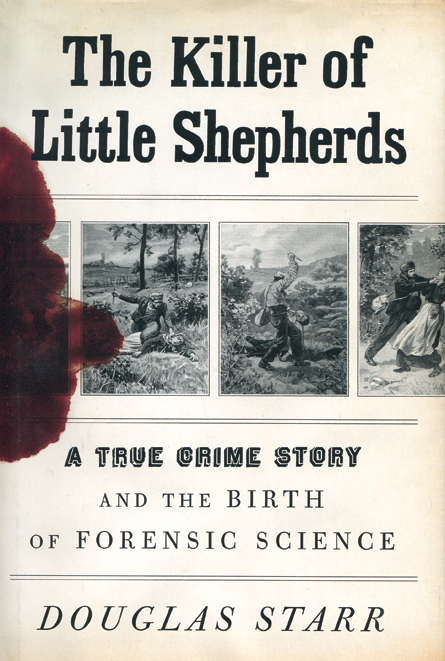The Killer of Little Shepherds:
A True Crime Story and the Birth of Forensic Science by Douglas Starr
- More than 2 years ago
Imagine the investigators on CSI working without the modern tools of forensics: no DNA, no ballistics lab, not even a basic knowledge of putrefaction to establish time of death. Until just over a century ago, there was no organized study of forensic science and autopsies were likely to happen on a victim’s kitchen table, if they happened at all. In his latest book, Starr, a veteran journalist, traces the beginnings of criminal science, a fascinating history made all the more compelling by the interwoven story of 19th century French serial murderer Joseph Vacher, known as the Killer of Little Shepherds.

The tale of Vacher’s crime spree is written with the dramatic tension of a good novel and the impeccable detail of a well-researched history. Starr traveled to France and pored through case files and letters that Vacher wrote from jail, and the quotations that enliven the story are drawn from these records.
Starr tracks Vacher as he kills dozens of shepherds and other lone victims of opportunity, and the author alternates across chapters to the work of forensics pioneer Alexandre Lacassagne, who eventually testified at Vacher’s trial. The French doctor invented many basic forensic techniques, such as calculating how long a body has been decaying, matching a bullet to the gun that fired it and using chemicals to reveal footprints.
The reader roots for Lacassagne to figure out a CSI-style trick and catch the killer. In the end, Vacher was caught the old-fashioned way — red-handed — but the thrill of the chase is no less for it.
Knopf, 2010, 300 p., $26.95.






